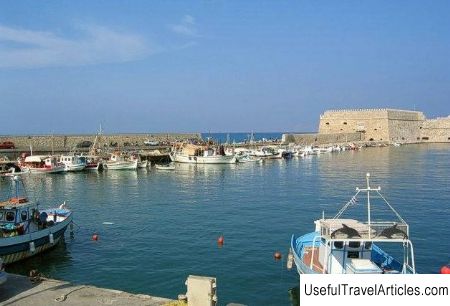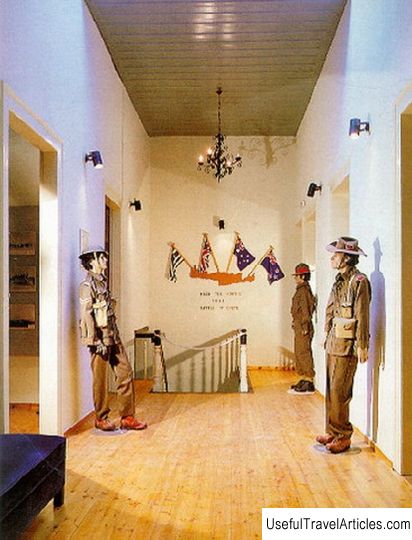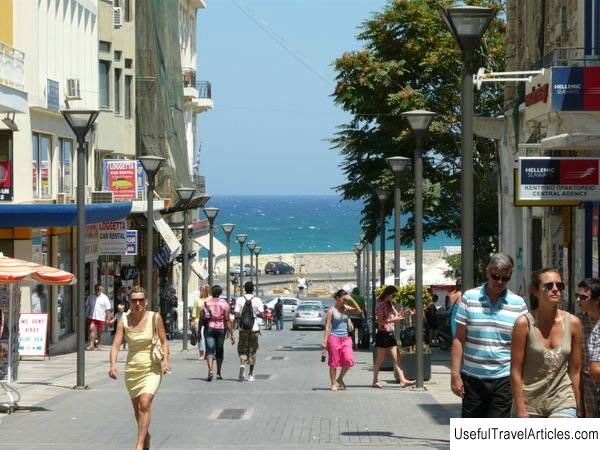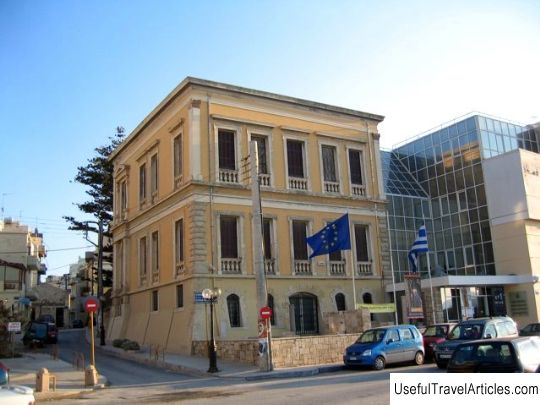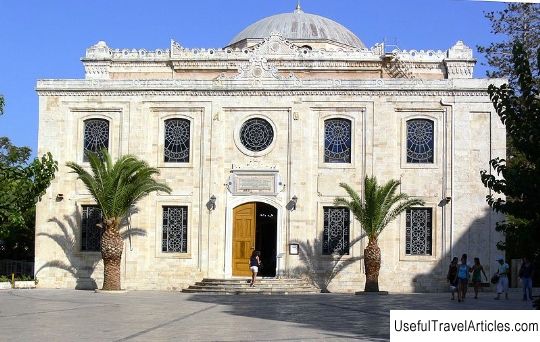Heraklion Archaeological Museum description and photos - Greece: Heraklion (Crete)
Rating: 8,2/10 (586 votes) 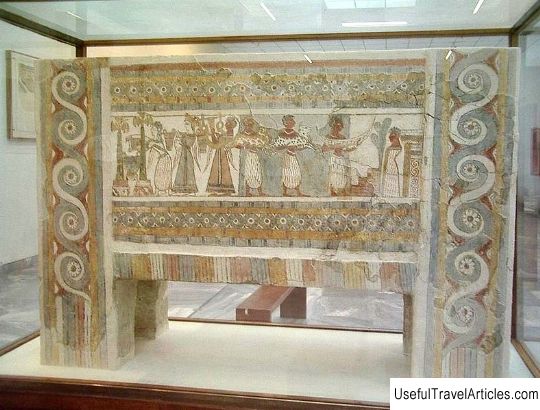
Heraklion Archaeological Museum description and photos - Greece: Heraklion (Crete). Detailed information about the attraction. Description, photographs and a map showing the nearest significant objects. The title in English is Heraklion Archaeological Museum. Photo and descriptionThe Archaeological Museum in Heraklion, Crete is one of the largest museums in Greece and the best museum of Minoan art in the world. The exposition of the museum presents the most notable and complete collection of artifacts from the Minoan civilization of the island of Crete. The museum presents other periods of the history of Crete (from the Neolithic to the Greco-Roman period), but the artifacts of the Minoan period are the basis of the exhibition. The first archaeological collection of the city of Heraklion, which laid the foundation for the modern museum, was formed in 1883 under led by the archaeologist Joseph Khadzidakis and was a small collection of antiquities. In 1904-1912 a separate building was erected for the museum, but due to three devastating earthquakes in 1926, 1930, 1935, the building was almost destroyed. Museum Director Spiridon Marinatos has made tremendous efforts to find funds and convince local residents and authorities of the need to build a new building. Construction began in 1937 under the direction of the Greek architect Patrokolos Karantinos on the site of the Catholic monastery of St. Francis destroyed by the earthquake (1856). During the Second World War, the museum was badly damaged, but the collection of antiquities was preserved and in 1952 it became available to visitors again. In 1964, another wing was added to the building. The museum's exposition includes a huge number of various items: ceramics, figurines, sculptures, jewelry, weapons and tools, household utensils, seals, ritual artifacts and much other. One of the main attractions of the museum is the unique Phaistos disc made of terracotta with ancient writings that have not yet been deciphered. The museum has a wonderful collection of various frescoes (1600-1400 BC), the most famous of which are "The Prince with the Lilies", "Parisienne" and "Games with the Bull". A separate place in the exhibition is occupied by two female earthenware figurines, the so-called "Goddesses with snakes", found during excavations in 1903 and dating back to 1600 BC. A masterpiece of Minoan jewelry art is the Golden Bees pendant found in the Cretan city of Mallia. Of interest are also the double-sided bronze ritual ax "Ax of Arkalohori" (1500-1450 BC) and a bronze dagger with a golden hilt (1800-1700 BC). In November 2006, the museum building was closed for restoration. The most valuable artifacts were displayed in a specially designed annex (temporary exhibition). In August 2012, after a lengthy reconstruction, the museum was opened to visitors.          We also recommend reading Main square of Linz (Linzer Hauptplatz) description and photos - Austria: Linz Topic: Heraklion Archaeological Museum description and photos - Greece: Heraklion (Crete). |
